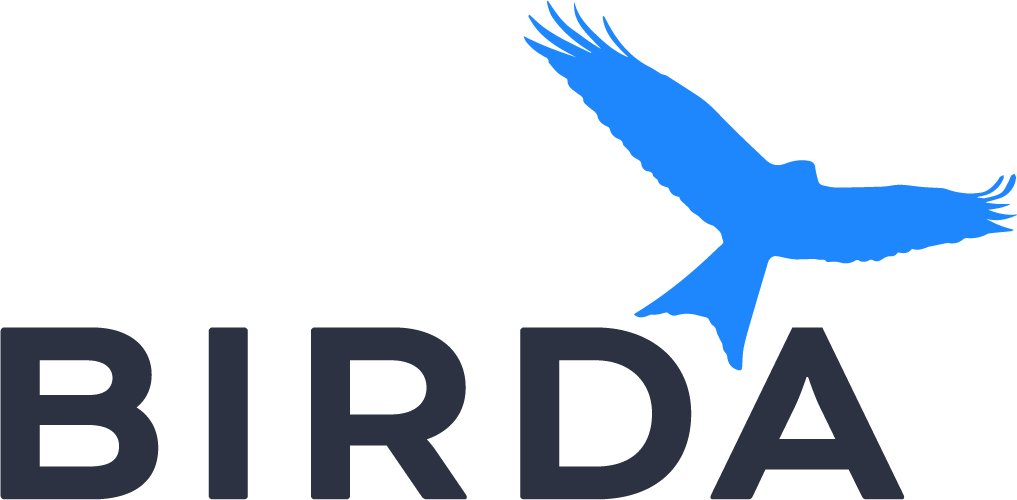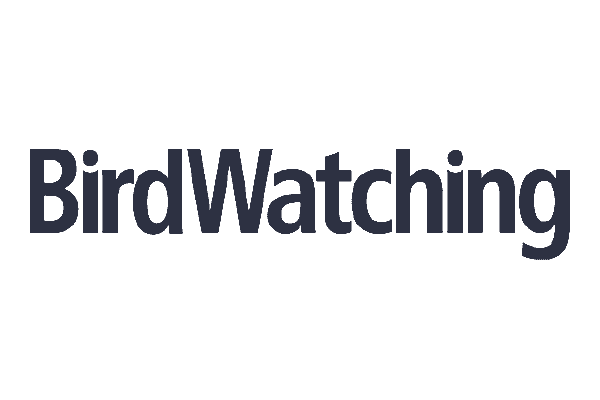
Yellow-legged Buttonquail
Turnix tanki
The Yellow-legged Buttonquail, Turnix tanki, is a diminutive bird, with females slightly larger and more vividly colored than their male counterparts. The species exhibits sexual dimorphism, a curious trait where the female is the more dominant and colorful sex, a reversal of the common avian pattern. Adult males typically have a black crown with a buff margin, and the plumage is a blend of buff, reddish-buff, and greyish-brown with intricate patterns. Females, on the other hand, boast a richer hue and a distinctive reddish-brown collar.
Identification Tips
To identify the Yellow-legged Buttonquail, look for the male's black crown with buff edges and the female's reddish-brown nape collar. The male's throat transitions from pale to reddish-buff, while the female's beak and legs are a brighter yellow. Juveniles resemble males but with less vibrant breast colors and more speckling.
Habitat
This species is native to a variety of habitats across the Indian subcontinent, East Asia, and Southeast Asia, adapting well to the local environments.
Distribution
The Yellow-legged Buttonquail is endemic to the Indian subcontinent, East Asia, and Southeast Asia, with two subspecies: T. t. tanki in Pakistan, India, Nepal, and the Andaman and Nicobar Islands; and T. t. blanfordii in Myanmar, Indochina, and eastern China. It also migrates to the Korean peninsula and parts of southeast Russia.
Behaviour
A ground-dwelling bird, the Yellow-legged Buttonquail typically opts to run rather than fly when faced with danger. It is often observed alone or in pairs, exhibiting a shy and elusive nature.
Feeding
The diet of this buttonquail consists of green plant matter, seeds, and insects such as beetles, ants, and grasshoppers, reflecting its omnivorous feeding habits.
Breeding
The breeding season aligns with the wet season, from March to November. The female's bright rufous nape collar is a key feature during courtship, which she sheds outside of the breeding season. After laying eggs, the female departs, leaving the male to incubate the eggs and care for the chicks once hatched.
Conservation Status
The Yellow-legged Buttonquail is classified as "Least Concern" by the IUCN, with a stable population and no significant threats identified. Its wide range and commonality contribute to this status, indicating a species not currently at risk.


































